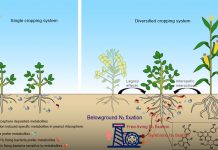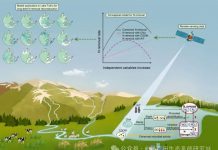Zeng R D.G. Rossiter Yang F Li DC Zhao YG Zhang GL. How accurately can soil classes be allocated based on spectrally predicted physio-chemical properties? Geoderma 2017 303: 78-84
Abstract
Soil class maps are useful representations of the landscape distribution of holistic soil functions. However these are often only available as generalized classes at small cartographic scales. One reason is that allocating a soil profile to a class in most current soil classification system requires laboratory determination of many diagnostic soil properties. The advantage of reflectance spectroscopy along with the development of spectral libraries can provide a relatively low-cost solution to this problem. Reflectance spectroscopy has demonstrated its ability to rapidly predict soil physio-chemical properties; however prediction accuracy varies among soil properties. When properties predicted with different accuracies are used to substitute for traditional laboratory determinations in allocating a soil profile to a class the resulting reliability of the allocation is questionable. The objective of this research is to explore whether the soil properties predicted by reflectance spectroscopy can be used to correctly allocate soil profiles into soil taxa at different hierarchical levels. Two hundred and six soil profiles were allocated to eight Orders 12 Suborders 23 Groups and 49 Subgroups according to Chinese Soil Taxonomy with the help of ten soil properties predicted by spectra using ten-fold cross-validated PLSR modelling. The overall allocation accuracy at Order Suborder Group and Subgroup level was 98.5% 98.5% 87.7% and 76.0% respectively. These results show that soil reflectance spectroscopy can assist in allocation of profiles. When predicted soil properties with varying accuracy are used for soil allocation propagation of prediction errors and model uncertainties must be considered. We propose the use of multiple indicators (RPD confidence intervals comparison of RMSE and threshold requirements) to evaluate the allocation results.







